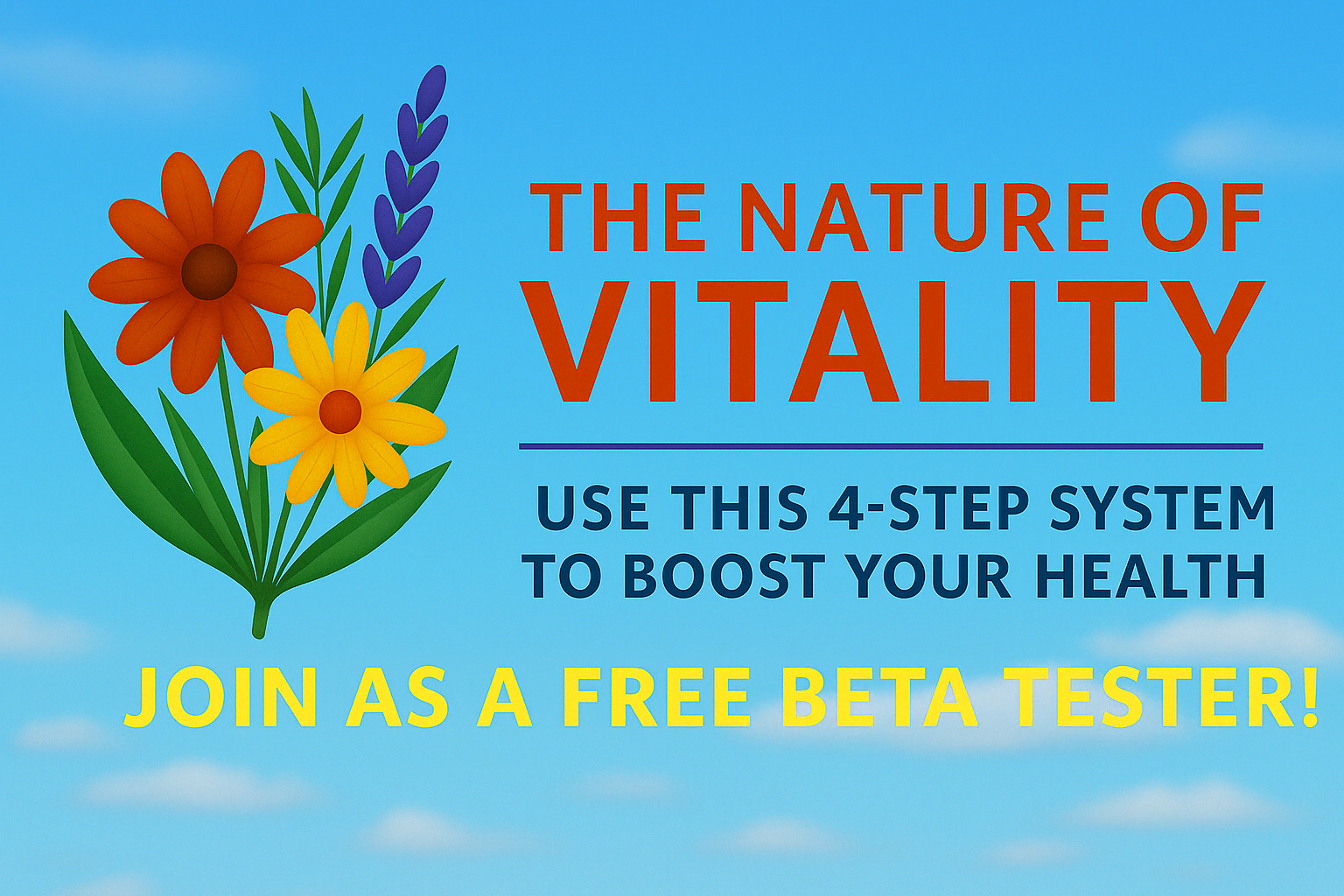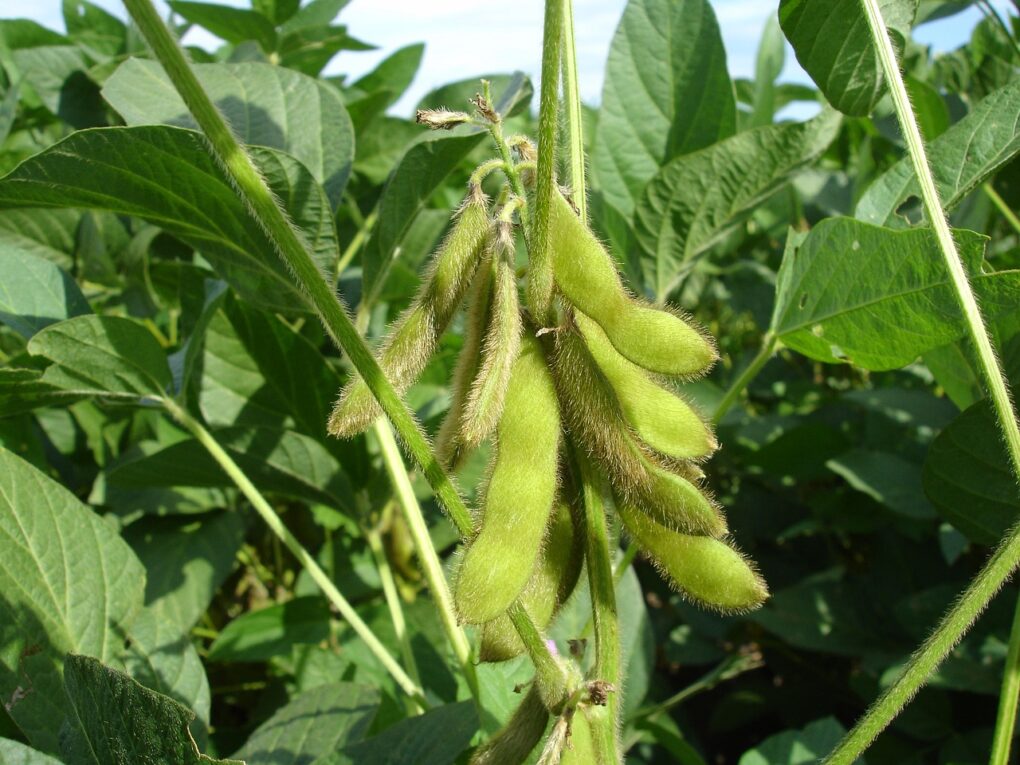Soy Isoflavones, usually Genistein and Daidzein, are Bioflavonoids found in soybean products and other plants that are able to interact with various hormones such as estrogen. For more than five thousand years China has been using soybeans (Glycine max) as an additional nitrogen supplement for soil during crop rotation.
Soybean Nutrition
Soybeans are highly nutritious legumes that provide a variety of essential nutrients and bioactive compounds. Here’s a breakdown of the nutritional composition of soybeans per 100 grams of cooked soybeans:
Calories: Approximately 173 kcal
Protein: Around 16.6 grams
Fat: About 9 grams, predominantly unsaturated fats
Carbohydrates: Roughly 9 grams
Dietary Fiber: About 6 grams
Vitamins
Vitamin K: Approximately 6.0 mcg
Folate (Vitamin B9): About 121 mcg
Thiamine (Vitamin B1): Roughly 0.9 mg
Riboflavin (Vitamin B2): Around 0.2 mg
Niacin (Vitamin B3): Approximately 1.6 mg
Vitamin B6: About 0.4 mg
Vitamin C: Roughly 6.0 mg
Minerals
Iron: Approximately 3.55 mg
Magnesium: Around 70 mg
Phosphorus: Roughly 194 mg
Potassium: Approximately 515 mg
Zinc: About 1.0 mg
Calcium: Around 88 mg
Copper: Roughly 0.4 mg
Manganese: Approximately 1.6 mg
Other Nutrients
Isoflavones: Soybeans contain significant amounts of isoflavones, such as genistein and daidzein, which are phytoestrogens known for their potential health benefits.
Phytosterols: Soybeans are rich in phytosterols, plant compounds that have cholesterol-lowering effects and may reduce the risk of heart disease.
The nutritional profile of soybeans makes them a valuable source of protein, healthy fats, dietary fiber, vitamins, minerals, and bioactive compounds. They are particularly noteworthy for their high protein content, which makes them a popular plant-based protein source for vegetarians, vegans, and individuals looking to reduce their intake of animal products.
In addition to the nutrients listed above, soybeans also contain various antioxidants, such as tocopherols and phenolic compounds, which contribute to their potential health-promoting properties. Incorporating soybeans and soy products into a balanced diet can provide numerous health benefits, including improved heart health, better blood sugar control, and reduced risk of certain cancers among others.
It’s worth noting that the nutritional composition of soybeans can vary slightly depending on factors such as variety, growing conditions, and preparation methods. Additionally, soy products like tofu, tempeh, soy milk and edamame may have different nutritional profiles compared to cooked soybeans.
Soybean Products
Brought to America in the 1930s, soybeans have proved to be useful in a variety of ways. Soy products are derived from soybeans that are labelled as field or vegetable types. Also classified as oil, field types are generally grown to produce soy oil.
Found in many East Asian and Hawaiian dishes, green baby soybeans are commonly known as edamame (Japanese for twig bean) or as maodou (Chinese for hairy bean).
Soy is used to make a wide range of vegan and vegetarian products. Vegetable soybeans known as garden types are higher in protein than field types and are used to produce soy milk, tofu and other soy based food products. including; soy vegetable oil and soy lecithin . Miso, soy sauce and tempeh, are some fermented food products made from soy. Textured vegetable protein is made from fat free soy flour that can be used as a meat substitute to make high protein, fat free meals.
Processed soy is used in various dairy free products such as ice cream, cheese, yogurt, milk, cream cheese and margarine. Although they are high in protein, soy based dairy products do not contain large amounts of calcium. To manufacture products like sprouted soybeans, tofu, soy concentrate, or soy protein isolates, dissoluble soy carbohydrates are broken down as the whey ferments.
For babies who may be allergic to the proteins in pasteurized cow’s milk, or for vegetarian and vegan families, soy companies offer soy based infant formulas that the Food and Drug Administration have concluded as safe to use for sole or supplemental nutrition. Soy based infant formulas should not be used if there is an indication of food allergies.
High in omega 3 fatty acids, soy is also used in feed for livestock and fowl. It is important to cook the beans before use as they cannot be eaten raw.
Soybean as a Source of Protein
The United States Food and Drug Administration declares that supplemental vitamin products must have a source of full protein. Full, or complete protein contains adequate amounts of essential amino acids that is required by the human body. Soy products offer complete protein for those who would like to replace or reduce their consumption of meat. Animal based food products are high in protein, but are also very high in saturated fat. Soy products offer high protein with no fat.
Since 1990, protein quality has been measured by The Protein Digestibility Corrected Amino Acid Score (PDCAAS). Their primary focus is the evaluation of protein quality according to human amino acid requirements, and how well they can be digested. According to score criteria, soy protein products are nutritionally equivalent to eggs and meat, and includes casein, which promotes health and human growth.
Concentrated soy protein absorbs nearly all of the fiber from the initial soybean. Soy’s high protein content makes it an extensively used ingredient for manufactured cereals and baked goods, and for protein powders and beverage drinks.
Soybean for Cancer Prevention
Not only high in protein, soy based products offer other healthy benefits such as Omega-3 fatty acids that contribute to numerous body actions, and isoflavones that are considered useful in the prevention of prostate, uterine and breast cancer.
Isoflavones are a type of phytoestrogen, which are naturally occurring compounds found in plants. They are particularly abundant in soybeans and soy-based products but can also be found in other legumes and certain fruits and vegetables. Isoflavones have gained attention for their potential health benefits, including their role in cancer prevention and management.
Here’s how isoflavones may help with cancer:
Estrogenic Activity: Isoflavones have a chemical structure similar to that of estrogen, the primary female sex hormone. As a result, they can weakly bind to estrogen receptors in the body and exert estrogen-like effects. In certain types of cancer, such as hormone-sensitive breast cancer and prostate cancer, estrogen can promote tumor growth. By acting as weak estrogen agonists or antagonists, isoflavones may help modulate estrogen signaling and inhibit the growth of hormone-dependent tumors.
Antioxidant Activity: Isoflavones possess antioxidant properties, meaning they can neutralize harmful free radicals and reduce oxidative stress in the body. Free radicals are highly reactive molecules that can damage DNA, proteins, and lipids, leading to cellular dysfunction and contributing to cancer development. By scavenging free radicals and preventing oxidative damage, isoflavones may help protect cells from carcinogenesis and inhibit the progression of cancer.
Anti-inflammatory Effects: Chronic inflammation is associated with an increased risk of cancer development and progression. Isoflavones have been shown to exhibit anti-inflammatory effects by modulating various inflammatory pathways and reducing the production of pro-inflammatory mediators. By dampening inflammation and immune activation, isoflavones may help create an unfavorable environment for cancer initiation and growth.
Inhibition of Angiogenesis: Angiogenesis is the process by which new blood vessels are formed to supply nutrients and oxygen to growing tumors. Inhibition of angiogenesis can impede tumor growth and metastasis. Some research suggests that isoflavones may inhibit angiogenesis by interfering with the signaling pathways involved in blood vessel formation, thereby depriving tumors of essential nutrients and inhibiting their growth.
Induction of Apoptosis: Apoptosis, or programmed cell death, is a natural process that eliminates damaged or abnormal cells from the body. Dysregulation of apoptosis can contribute to cancer development and progression. Isoflavones have been shown to induce apoptosis in cancer cells through various mechanisms, including activation of apoptotic signaling pathways and modulation of gene expression. By promoting the death of cancerous cells, isoflavones may help suppress tumor growth and metastasis.
It’s important to note that while some studies have suggested potential benefits of isoflavones in cancer prevention and treatment, the evidence is not conclusive, and further research is needed to fully understand their mechanisms of action and clinical effects. Additionally, individual responses to isoflavones may vary based on factors such as genetics, hormone status, and overall health status. If you’re considering using isoflavone supplements for cancer prevention or management, it’s advisable to consult with a healthcare professional for personalized guidance and recommendations.
Soybean for Menopause Relief
Soy is rich in isoflavones, which are the most active phytoestrogens in the human diet. These may help to relieve menopausal symptoms. After the menopause, the level of oestrogen in a woman’s body falls and it is thought that phytoestrogens may provide a substitute for the body’s own oestrogen, relieving symptoms such as hot flushes and dry skin.
The interest in phytoestrogens has developed because of the evidence that women in Japan and Asia who consume diets rich in these compounds, do not appear to suffer the same way with hot flushes and sweats as in the western world. In these countries, the diet is rich in soya containing foods, and menopausal symptoms are reported much less. Amongst the main phytoestrogens in the human diet are the isoflavones, which are found primarily in legume type plants such as soya.
Phytoestrogens can be consumed by purely increasing dietary intake, but this involves eating large amounts of legume food plants, such as peas and beans, with variable phytoestrogen content. Supplements of Soya Isoflavones are a convenient alternative.
Soybeans for a Low Cholesterol Diet
Cholesterol reduction is another healthful advantage that comes with soy protein and soy based foods. Diets high in cholesterol and saturated fats are primary targets for heart disease. Fat free textured vegetable protein and processed soy products contain no added cholesterol or saturated fat.
Always take care when taking herbs and Read Our Disclaimer.
Soy Isoflavones Notes / Side Effects
As mentioned above, it is important to cook Soybeans as they cannot be eaten raw. For human consumption, soybeans must be processed prior to consumption–either by cooking, roasting or fermenting–to destroy the trypsin inhibitors (serine protease inhibitors). Raw soybeans, including the immature green form, are toxic to all monogastric animals.
With the many benefits offered, there are also some health risks associated with soy products. For those with food allergies, soy based foods can trigger allergic reactions such as swelling or hives. In extreme cases, allergic reactions to soy can be just as severe as the symptoms triggered by shellfish or peanut allergies.
Soy products such as tofu can be hard to digest, especially when trying it for the first time. Before incorporating soy products into your diet, or taking concentrated soy protein powders or supplements, discuss any health issues with your doctor.



Leave a Reply